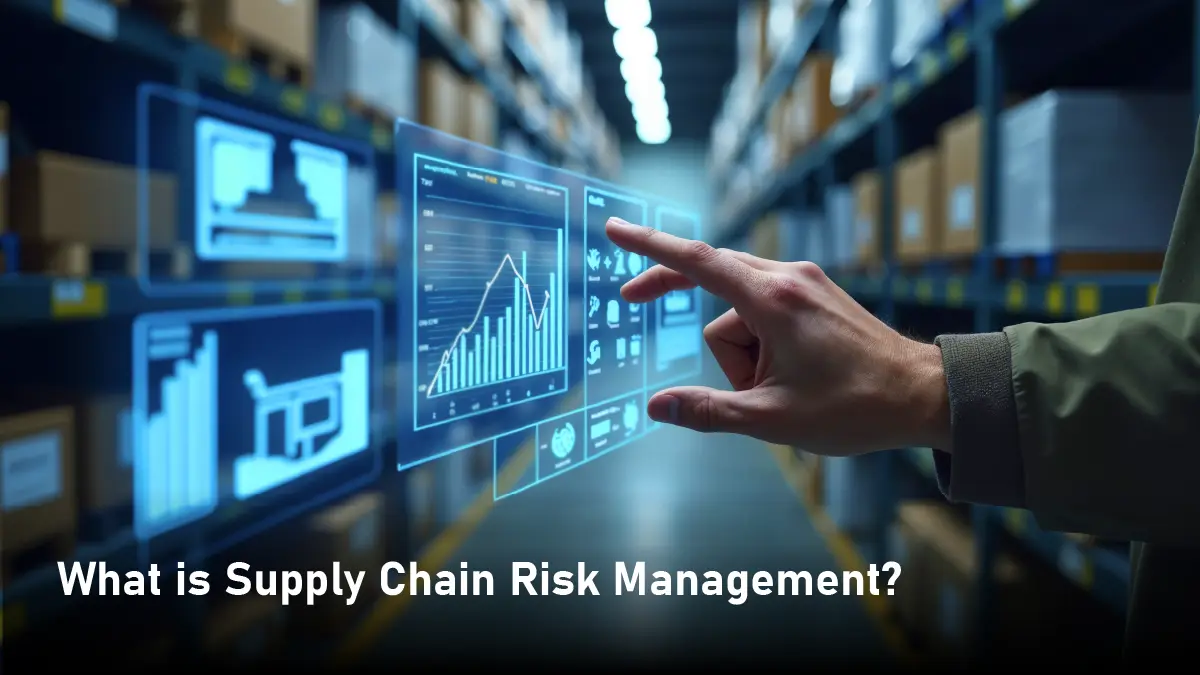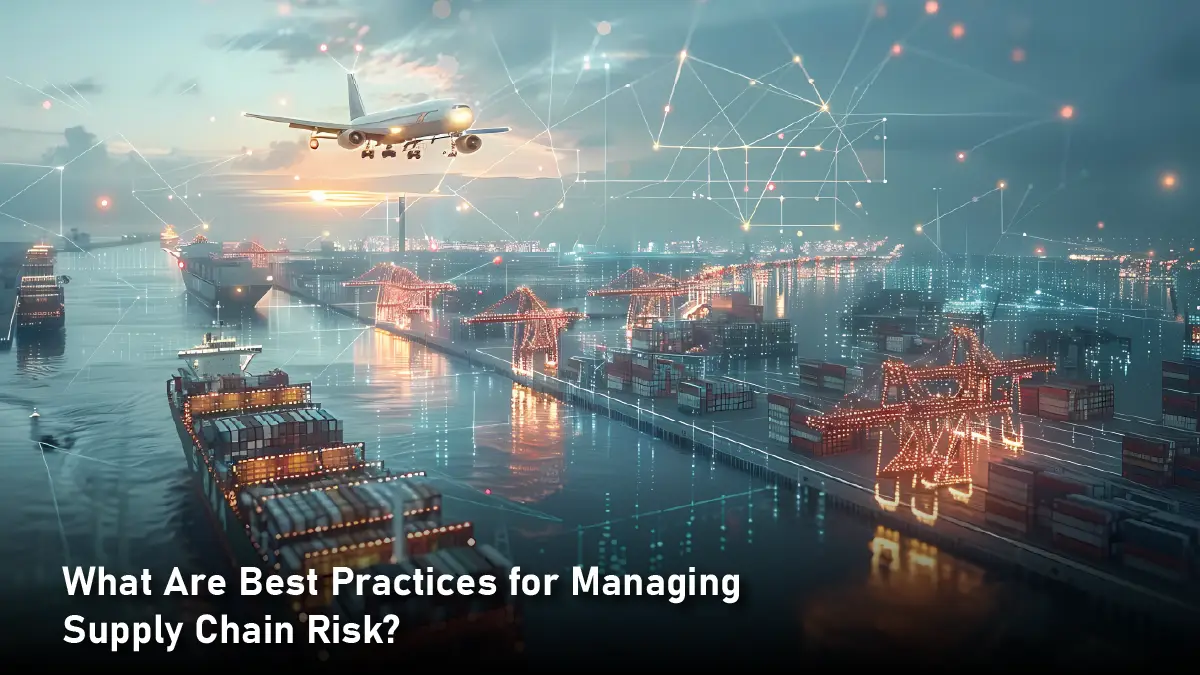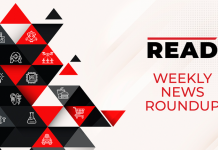As the world becomes more connected, supply chain risk management is now a must for businesses. Companies work with many suppliers, which can get complicated. That’s why more businesses are turning to smart, tech-based solutions to see their entire supply chain more clearly.
In fact, 70% of companies now focus on supply chain visibility and resilience when investing in new technology. They know the right tools can help track suppliers better, follow rules, lower risks, and boost performance at every stage.
This guide will show how technology can turn supply chain risk management from a messy, reactive task into a smart, proactive plan.
What is Supply Chain Risk Management?

The methodical process of discovering, evaluating, and prioritizing supply chain risks for a business is known as supply chain risk management (SCRM) or supply chain management. It entails putting methods into place intended to reduce these risks, guaranteeing the business’s profitability and continuity.
Also Read: What Is the Healthcare Supply Chain? A Complete Guide for 2025
Types of Supply Chain Risks
Here are some common supply chain risks you should know about:
● Internal Risks
These come from inside the company and can often be controlled.
Business/Operational Risks: Poor planning or management can cause delays and quality issues.
Financial Risks: Price changes, low demand, or cash problems can hurt supplier ties or reduce stock.
Manufacturing Risks: Production delays, broken machines, or worker shortages can slow down delivery.
Contract/Compliance Risks: Not following contract terms or regulations can lead to fines and legal trouble.
● External Risks
These come from outside the company and are harder to control.
Reputational Risks: If a supplier makes a mistake, your brand can suffer.
Cybersecurity Risks: Hacks and system attacks can stop operations. The Colonial Pipeline hack in 2021 showed how serious this can be.
Geopolitical Risks: Tariffs, wars, or unstable governments can raise costs and delay goods.
Environmental Risks: Disasters and climate rules can shut down supply chains. In 2022, 18 major weather events in the U.S. caused big disruptions.
Staying aware of these risks helps companies plan better and avoid costly problems.
Why is Supply Chain Risk Management Important?
An effective SCRM benefits businesses. After all, if not identifying efficiencies, reducing expenses, and minimizing risks, what is risk management in supply chain optimization? When supply chain management is done right, it tries to implement the most economical and efficient supply chain process for your business while remaining within your risk tolerance range. A comprehensive risk assessment is necessary due to the just-in-time nature of today’s business processes, since any supply chain link failure could have serious time and cost repercussions.
Recall that the profession of risk management is all about predicting “what could go wrong?” and applying the appropriate degree of risk mitigation to those possible outcomes. SCRM embraces the idea that prevention is the best treatment and works to avert supply chain interruptions before they occur. Organizations with robust supply chain risk management (SCRM) systems will ideally already have mitigation mechanisms in place to speed up decision-making in the event that supply networks are interrupted.
The stakes are larger than ever as supply chains become more globalized. In addition to regulatory and sustainability requirements, national security concerns, particularly with agencies such as the Department of Homeland Security having a significant role in the U.S. supply chain, make SCRM more than just a benefit.
What Are Best Practices for Managing Supply Chain Risk?

It is necessary to have a strong SCRM structure in order to prepare for the many risks and challenges that the supply chain faces. Building a strong risk management plan involves a number of strategies and techniques, such as using numerous suppliers, identifying closer sources, determining your risk tolerance, and creating worst-case scenarios.
1. Source Multiple Suppliers
The pandemic’s fallout revealed serious weaknesses in the supply systems for manufacturing and retail around the world. Multi-source modeling, which establishes a network of backup providers in the event that one supplier loses access to a product, was used by certain merchants when output delays initially began. When seeking suppliers, it’s crucial to have an SCRM plan in mind and seek out companies who produce from several areas so they don’t have a single point of failure in the event of an environmental incident. Purchasing from a variety of vendors may be quite advantageous for both small and large businesses.
2. Maintain Inventory Buffers
By lowering warehousing expenses, the just-in-time (JIT) supply chain generates cost savings. Some industry analysts, however, believe that companies have overextended themselves in this area and must now replenish their inventory. Adopting a ‘just in case’ strategy may be worth the extra cost because backup stocks put businesses in a better position to preserve product flow and business continuity during unforeseen weather events or other uncommon occurrences.
Once more, setting up a baseline of supply chain metrics from previous years can be beneficial in this regard, giving stakeholders historical information that they can utilize to forecast and estimate future inventory requirements.
3. Model Worst-Case Scenarios
A framework for supply chain risk management needs to include how a business will react in the worst-case scenario. Big data, predictive analytics, and data modeling should provide businesses with sufficient knowledge to estimate high-risk events and their effects. Businesses can create backup plans, communication procedures, and contingency plans for what to do in the event of a crisis by using modeling to predict worst-case situations.
The organization is prepared for future response actions by conducting tabletop exercises (TTX) for potential events or scenarios in which personnel act out an incident and respond in real-time. These work particularly well in situations that call for quick decisions and a great deal of coordination.
4. Find Software Solutions
SCRM software gives businesses more insight into their whole supply chain ecosystem, which helps them manage risk more effectively. Gaining a deeper comprehension of your supply chain will enable you to promptly identify areas of weakness and obtain data-driven ideas regarding possible enhancements. Improved flexibility in the event of supply chain disruptions is another benefit of usinght simplified software and technology for various company divisions.
Although provider diversification is equally crucial, integrating cloud-based software across your organization’s whole network lowers inefficiencies and better prepares your company for possible outages because of redundancies and shared data. Another advantage of SCRM software is that it gives managers and business owners total supply chain access, making it simple to identify anomalous activities. The benefits are evident in the event of a disaster, but they are also beneficial in the regular course of business when executives are searching for opportunities to boost productivity, cut expenses, and boost profits.
5. Perform Regular Supply Chain Risk Assessments
Frequent risk assessments are a crucial component of an SCRM program.
In addition to updating your risk register and developing efficient action plans and mitigation strategies, your business can expedite risk identification, analysis, mitigation, and monitoring by doing a risk assessment of your SCRM strategy. Both external auditors and internal audit teams are capable of conducting risk assessments. Although both strategies are legitimate and effective, companies might want to think about hiring outside auditors every two to three years to get their thoughts and suggestions from a different source.
At least once a year, organizations should set up a routine for evaluating their current providers and suppliers. The company can change a vendor’s criticality rating, determine whether to keep using that supplier, and/or decide whether to increase or decrease the volume of purchases it makes from that vendor during this review.
Your company may create a more effective supply chain and optimize its SCRM program by following these five steps.
Bottom Line
Supply chain risk management (SCRM) is very important in today’s global business world.
As supply chains become more complex, the chances of problems also grow. That’s why strong SCRM strategies are needed. With the help of smart tools, software, and regular checks, companies can handle risks better.
Being prepared, using different sources, and training teams help businesses stay strong and keep running, even in tough times.




